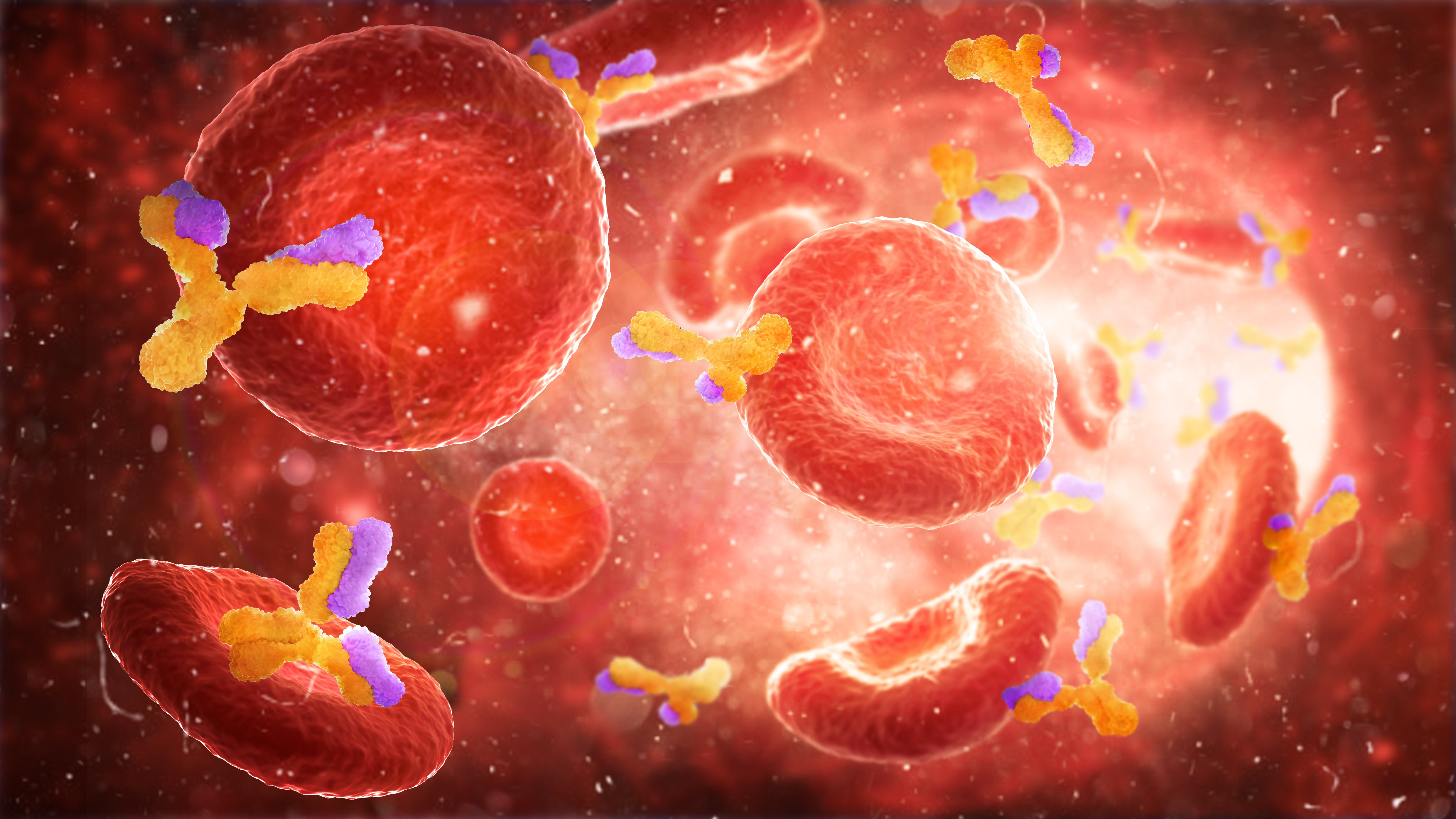Article
What Flu A, Glucose and the Cytokine Storm Can Teach Us About COVID-19
vipman@AdobeStock_291684715

Like the coronavirus, influenza A is a highly contagious virus that is responsible for a significant number of annual illnesses and hospitalizations worldwide. According to new research published in the Journal Science Advances, it may also teach us something about COVID-19, and the importance of blood glucose levels in diabetic patients.
In the study, researchers gave a group of influenza A positive mice glucosamine to induce a specific pathway of glucose metabolism (known as the hexosamine biosynthesis pathway) that was previously known to induce an immune response in vitro. They then compared the levels of inflammatory cytokines and chemokines in the glucosamine treated animals to controls and found that the mice that received glucosamine had significantly higher levels of cytokines and chemokines than the mice that did not receive the glucosamine.
Researchers also analyzed glucose and cytokine levels in blood samples from both patients diagnosed with influenza A and healthy patients. The found that flu positive samples had both higher levels of glucose and increased cytokine activity.
Although, more research needs to be done to fully understand how increased blood sugar levels might worsen the physiological effects of influenza or other viruses like COVID-19, researchers say it provides a valuable insight into the pathways that are potentially involved, and opens up novel therapeutic targets for modulating the cytokine storm thought to be responsible for the severity of disease in some patients.
"We believe that glucose metabolism contributes to various COVID-19 outcomes since both influenza and COVID-19 can induce a cytokine storm, and since COVID-19 patients with diabetes have shown higher mortality," says Shi Liu, a researcher on the study.
The full study, “O-GlcNAc transferase promotes influenza A virus–induced cytokine storm by targeting interferon regulatory factor–5,” was published April 15, 2020 in Science Advances. DOI: 10.1126/sciadv.aaz7086





